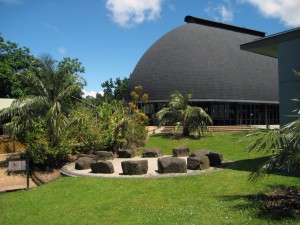
December 16, 2011, by Simon Gosling
Simon Gosling reports from the 19th International Congress of Biometeorology in New Zealand
I have spent the last week at the 19th International Congress of Biometeorology (ICB), which has been hosted by the University of Auckland. It has been an interesting, exciting and busy week. I attended the conference for a number of reasons; firstly in my capacity as the Chair of the Students and New Professionals Group (SNP) of the International Society of Biometeorology (ISB); secondly to present my latest research on future climate change, heat waves and thermal stress-related human mortality; and thirdly, to receive the Tromp Award for the “most meaningful peer reviewed paper of the past three years by a scientist under the age of 35” – the paper is available here.
The University of Auckland has been a magnificent venue, which has facilitated numerous discussions and opportunities for networking. One of the most rewarding aspects of the conference has been the growth and ambition of the SNP Group. I took over as Chair of the Group shortly after the last ICB in Tokyo in 2008, when only around 12 SNP members were present. This week, over 30 SNP members attended our side meeting at the conference. We were able to plan an outline of three collaborative research projects that we will work on over the next three years, until the next meeting in Cleveland, USA, in 2014. The SNP Group has grown over the past three years to include members from all over the globe, including Australia, China, USA, Germany, Brazil and Hong Kong, and I am looking forward to working with all of them over the next few years.
The conference was also an excellent opportunity to hear the latest work on biometeorology, which included topics on the development of heat wave health warning systems, human thermal comfort, climate change and tourism, and phenology. I’ve gained many useful insights during the week, which I plan to implement in my own research. Furthermore, a number of new collaborative research opportunities have arisen (in addition to the SNP projects), which I am looking forward to working on. Moreover, the conference has also been a much-needed time to catch up with international colleagues and friends and to map out our ideas for further development of the field of Biometeorology.
New Zealand is also a Physical Geographer’s dream. I paid a whistle-stop visit to Queenstown in the South Island, for the weekend before my flight back to the UK. The landscapes surrounding Queenstown include the Remarkables mountain range, several glaciers, Mount Aspiring National Park, Milford Sound (a fjord within Fiordland National Park, Piopiotahi (Milford Sound) Marine Reserve, and the Te Wahipounamu World Heritage site), the River Dart (one of only a handful of extensive braided river systems across the globe), and Lake Wakatipu (New Zealand’s longest lake and its third largest), which the Dart drains into. I spent a day above (propeller plane) and on (kayak) the Dart River, large parts of which are only accessible by kayak due to its remoteness and stringent environmental management regulations regarding the use of motorised boats on the river. It is no wonder that this area was chosen as the location to film the Lord of the Rings Trilogy – scenes from Peter Jackson’s forthcoming film, The Hobbit, were also filmed in the region two weeks ago.
No comments yet, fill out a comment to be the first

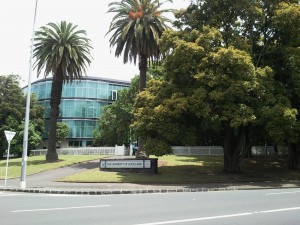
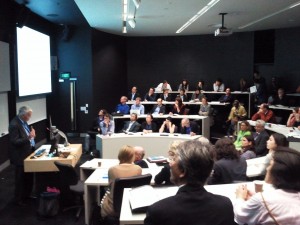
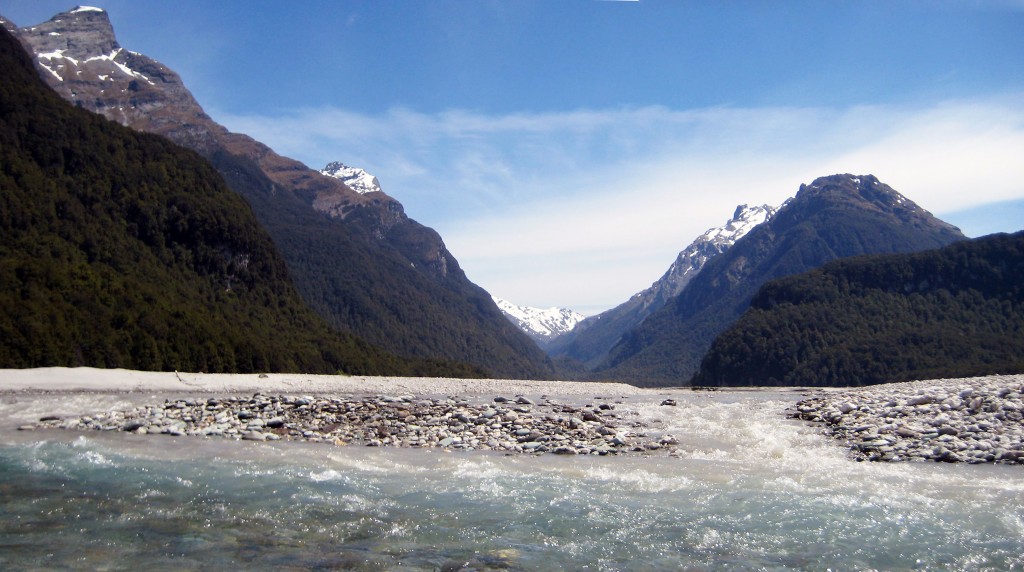
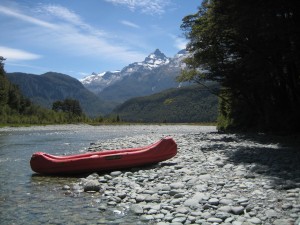
Leave a Reply